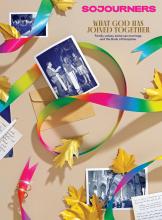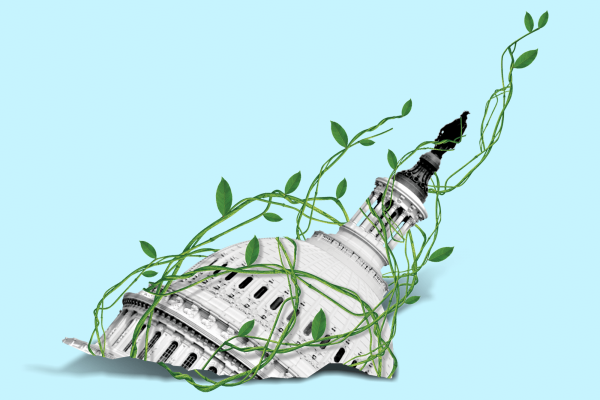FOR ME, FURY has a face. In 1999, I sat in a refugee camp with Kosovar families. They had been driven from their homes ahead of attacking Serb crowds aroused to violence by the cruel and charismatic oratory of then-president Slobodan Milosevic.
Thirty-year-old Hajrija thrust forward this question: “How can I live with this pain that our neighbors who we shared our bread with, who my husband shoveled snow from her walk even before he cleared our own ... asked aloud, in our yard while I was hanging my laundry, how she was going to kill me and my children? She was trying to decide between mortar or sniper. How can I go back and live with this person?” Hajrija was incandescent with fury.
On Jan. 6 this year, I saw the other side of Hajrija’s story—the spectacle of an attacking crowd. Several thousand gathered in front of the White House under the sway of another cruel and charismatic president. Like all such leaders, he deceived the crowd by saying their sacred rights had been stolen; that the enemy wants to “indoctrinate” their children; that if they did not act, the enemy would “illegally take over our country.” He loaded the crowd, aimed them at Congress—then gave the command.
Read the Full Article

